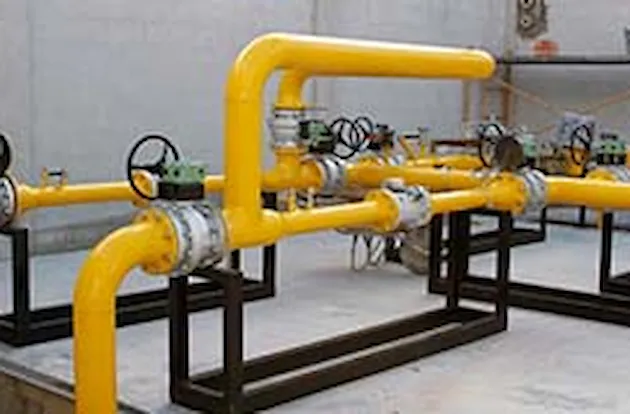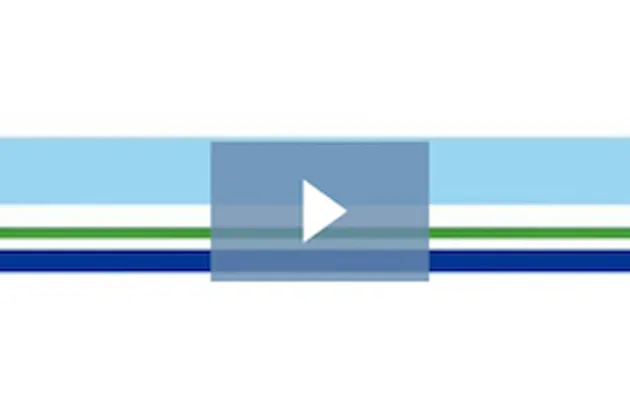

Assess the reliability of regulator stations
Synergi Pipeline’s regulator station risk model helps utilities better manage the risk of the pressure regulator stations in gas networks by providing a comprehensive overview of the risk and reliability of individual regulator stations and designs.
The regulator station risk model is built to provide an accurate and comprehensive assessment of risk, accounting for leaks and ruptures, as well as for equipment reliability risks that can lead to the potential for overpressurization or outages. Understanding the totality of regulator station risks helps pipeline operators prioritize ongoing maintenance, optimize station asset replacements and helps guide future station designs.
Configurable to your unique regulator stations
Synergi Pipeline and its regular station risk model are highly configurable tools that incorporate operator-specific equipment reliability and facility condition data.
The regulator station risk model is built to handle complex configuration types in the regulator station. It is also designed to automatically adjust the regulator reliability based on heaters and filters in the regulator station.
Empowering risk-informed decisions
With Synergi Pipeline’s regulator station risk model, utilities can significantly improve their ability to make better decisions regarding maintenance, upgrades and replacement of regulator station equipment. The model helps monetize risk across all stations and prioritize regulator stations based on risks; from loss of containment to overpressure, outage or the aggregate.
The model provides an understanding of how various regulator stations are contributing to overall risk and emissions and classifies risk by event, station type and design, further aiding the capital spending planning process.
The regulator station risk model does more than just save time, it improves efficiency, streamlines decision-making and simplifies compliance with DIMP regulatory requirements, such as PIPES ACT 2020. Operators can identify the highest risk regulator stations and drive mitigative measures such as overpressure protection, renewal of obsolete regulators and increased inspection frequencies through asset management programmes.
Enhance risk assessments, get most out of risk output
Why assess the risk of your regulator stations or other assets in silos when Synergi Pipeline gives you the power to customize your solution? Get added accuracy and granularity by augmenting your regulator station risk output with:
- Synergi Pipeline Probabilistic Risk Assessment (PRA) models provide a common framework to compare regulator station risk liability vs other asset classes, such as mains, services, etc.
- Synergi Gas Regulator Station Risk Assessment applications provide a more accurate assessment of the downstream consequence of fail open or fail closed events such as impacted customers, pipeline length, etc.
Why choose Synergi Pipeline for Regulator Station risk modelling?
- Provides an interactive user interface to derive key results and perform what-if analysis and empowers users to update models and run assessments and scenarios as needed
- Simplifies compliance to DIMP regulatory requirements, including PIPES Act 2020
- The model is open and flexible, so it can also be adapted to changing regulations and company requirements
- It not only accounts for the common risks associated with leaks and ruptures, but also the necessary equipment reliability risks to provide a complete understanding of the risk of these critical assets
- The reliability model addresses both fail open (overpressurization), closed (loss of service), and loss of containment failure modes
- Risk models and platforms provide a flexible modelling framework capable of assessing multiple asset types
- Probabilistic Risk Assessment (PRA) models inherently address the uncertainty associated with missing data, making them the ideal choice for use with enterprise assets where incomplete data sets and records are common
Learn more

Simplify compliance to PIPES ACT 2020
Learn more

Combining integrity and hydraulic analysis to manage the risk of pressure regulator stations
Watch the on-demand webinar

